Best Car To Buy: The Car Connection’s Best-Performing Cars Of 2021
People buy cars for different reasons. For many of us, they provide simple point A to point B transportation. Some of us, though, appreciate how much fun they can be.
At The Car Connection, we reflect fun in the performance category of our rating system. Some hard numbers play into our performance rating. How fast is the car in a 0-60 mph sprint? How quickly can it stop? How many G forces can it handle on a skidpad? How quick is it around a track? But we also consider other factors, like steering feel, the quickness of the car’s responses to driver inputs, transmission programming, body lean or the lack thereof, and ride quality. (Read more about how we rate cars.)
To make these determinations, we drive the cars hard on racetracks, cruise in them on city streets, and play with them on canyon roads.
We only test cars from mainstream brands. No Ferraris, Lamborghinis, Bentleys, or McLarens are reflected in our ratings. The most exotic we get is Porsche, which sells popular SUVs as well as sports cars.
After testing hundreds of cars for the 2021 model year, only six scored perfect 10s for performance. Here they are.
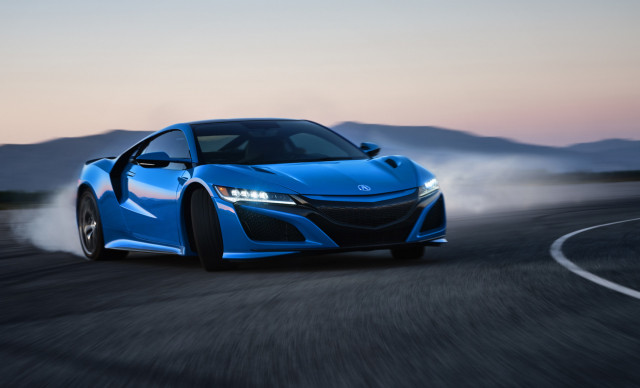
2021 Acura NSX
The Acura NSX relies on traditional and modern means to make power and send it to the pavement. The idea of a mid-engine design dates back 50 years, but this one is different. It uses a twin-turbocharged 3.5-liter V-6 and a pair of electric motors to create 573 hp and rocket the car from 0-60 mph in 3.0 seconds. One motor up front gives it all-wheel drive that shuttles torque to the front wheel that needs it most for better traction and quicker speeds through turns. The NSX’s handling is as progressive as its tech-heavy powertrain, offering agile yet predictable moves on a track. It’s a blast to activate all that technology to let the NSX help you tackle technical twisties, then turn down the wick and drive it like a standard-issue sport sedan.
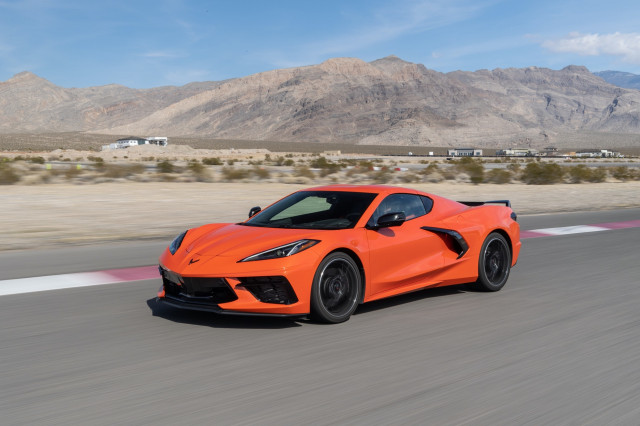
2021 Chevrolet Corvette Stingray
Of the six cars on this list, five have a mid- or rear-engine layout. Seems like Chevrolet was on to something with the change to the mid-engine design. It certainly plays out in the way the Corvette drives. The Corvette’s nose dives into turns like never before, the sight lines have improved to guide that nose more precisely through corners, and, most importantly, the rear tires hook up much better to unleash the 6.2-liter V-8’s 490 hp. We’d pick the magnetic ride suspension, bigger brakes, and additional 5 hp of the Z51 Performance package and still keep the price below $70,000. The Corvette is a performance value that can’t be beat.
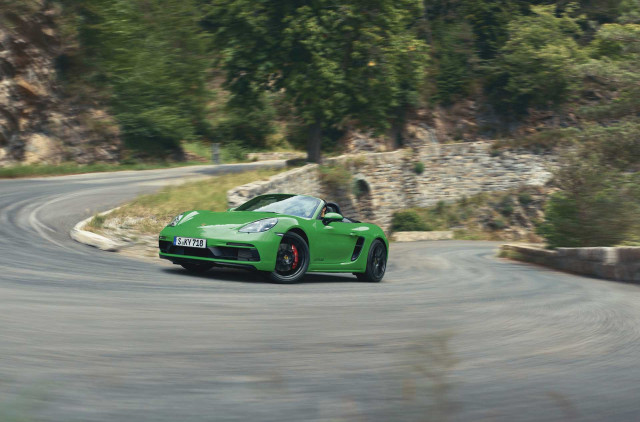
2021 Porsche 718 GTS 4.0
The 718 delivers 95% of the performance of the 911 for about 80% of the price, with a starting price of $61,250. Moving the engine forward to a mid-engine layout instead of the 911’s rear-engine design gives the car better balance and helps it dart in and out of corners like a waterbug. Some of the reason for the small gap in performance is a small gap in the hardware. The 718 isn’t as powerful as the 911 and it doesn’t have brakes as big or offer performance enhancers like rear-axle steering to help the car wrap around the driver. However, that just makes it lighter, which also makes it react more willingly to inputs and provide smile-inducing feedback. Power ranges from 300 hp to 414 hp from its turbo-4 and naturally aspirated flat-6 engines, and 0 to 60 mph times dip as low as 4.2 seconds. The 718 Boxster and Cayman are lithe, tossable fun.
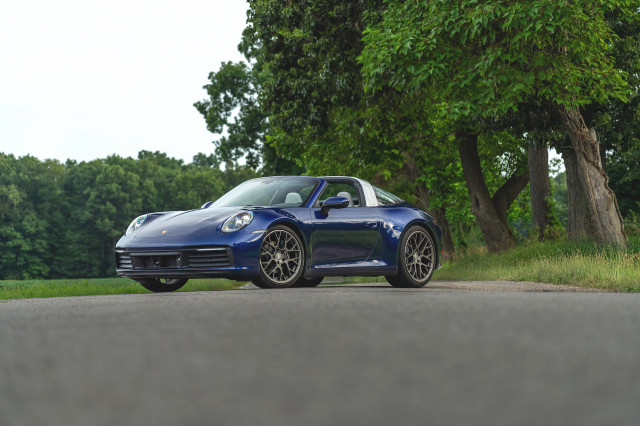
2021 Porsche 911 Targa 4
The 911 may be larger than the 718, but it hides that weight in a hunkered down, unflappable sports car. The 911 makes any driver feel like a hero with its rush of power, unwavering traction, strong brakes, and precise steering. Despite 62% of the weight at the rear, the tail won’t step out on a racetrack unless it’s prodded to with a sophomoric throttle foot. Output for the twin-turbo 3.0-liter flat-6 starts at 379 hp and ramps up to 443 hp in the S model, with 0-60 mph times of 3.8 seconds for the base car and 3.3 seconds for the S model—and that’s before the GTS and Turbo models arrive. With cars like the 911, who needs a Ferrari?

2021 Porsche Taycan
The Taycan is proof positive that performance won’t go away with the rise of the electric car. The Taycan is offered in several models, and the Taycan Turbo S tops the lineup with 616 hp that amps up to 750 hp in overboost mode. Synchronous motors on the front and rear axles provide sudden, violent acceleration, with a 0-60 mph sprint in a scant 2.6 seconds and a quarter-mile time of just 10.8 seconds. The Taycan handles smaller than its size, too, thanks in part to a low center of gravity and rear-axle steering that help it fight its 5,100-pound curb weight. The car grips through corners, stubbornly fights body lean, steers sharply, and stops quickly. Porsche masters all measures of performance with its first EV effort.
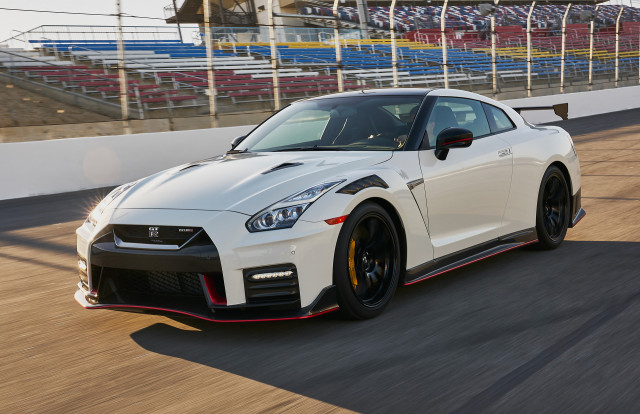
2021 Nissan GT-R Nismo
The Nissan GT-R is the only car on this list with the engine up front. However, Nissan calls its platform a mid- front-engine layout and the engine sits behind the front axle to help improve overall balance. Nissan got the GT-R’s design right from the start of the R35 generation in 2008. Standard all-wheel drive helps the GT-R handle the standard 565 hp or optional 600 hp created by the car’s twin-turbocharged 3.8-liter V-6, and helps launch the car from 0-60 mph in a hair under 3.0 seconds. At 3,933 pounds, the GT-R isn’t a precision instrument. It’s a bludgeon that uses big brakes, big tires, and big power to create a track star that adds up to more than the sum of its parts.

